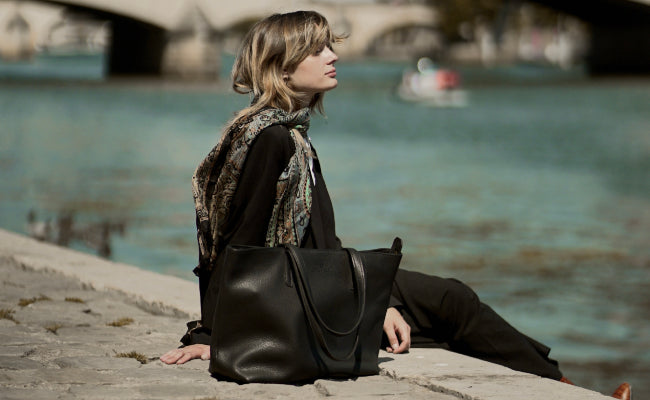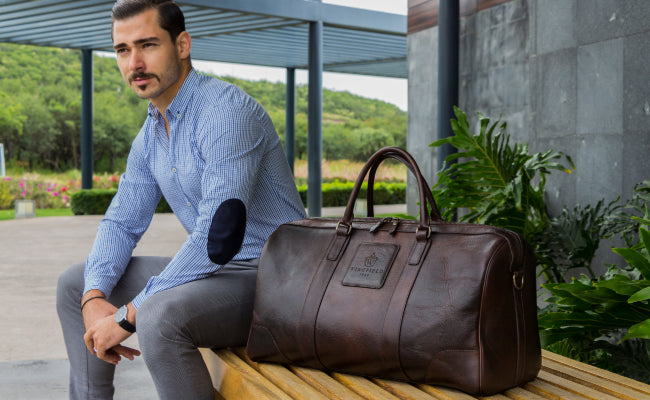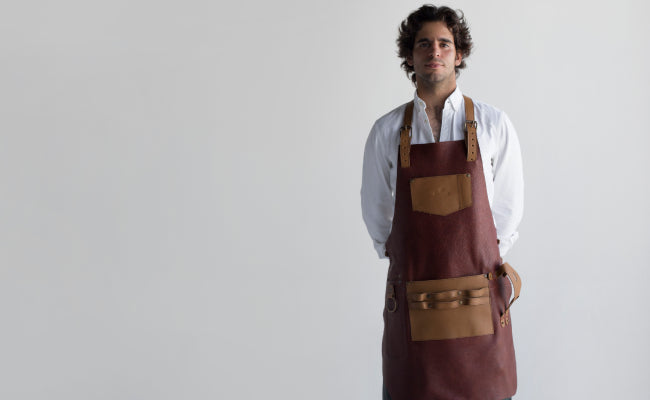
From Hide to Heritage: The Timeless History of Leather Tanning.
Leather is more than just a material — it’s a story that’s been unfolding for thousands of years. At OAK & ELK, we work with leather every day, and we believe in honoring the traditions behind it. The process that transforms raw hide into long-lasting leather is called tanning, and its history is as rich and layered as the material itself.
Ancient Beginnings: The First Tanners
Leather tanning dates back to at least 5,000 BCE, when early humans discovered ways to preserve hides using natural elements like smoke, animal fat, and tree bark. These early techniques prevented decay and made hides useful for clothing, shelter, tools, and protection.
Civilizations like Egypt, Mesopotamia, and Rome all advanced the tanning process. The Romans, for instance, used leather for armor, belts, sandals, and even currency pouches. Many of these early methods revolved around plant-based tannins, extracted from the bark of trees — a technique that became known as vegetable tanning.
Medieval Craftsmanship & the Birth of Tanneries
By the Middle Ages, tanning had become a specialized trade. Tanneries were often located near rivers (essential for soaking and rinsing) and outside city centers due to the strong smells involved. Tanner guilds emerged, and leather became essential for daily life: from bookbinding and horse saddles to belts and bags.
The process was labor-intensive, taking weeks or even months to complete. But the results were durable and deeply valued — much like the handcrafted items we still admire today.
The Industrial Shift: Chrome Tanning Arrives
The 19th century brought a major transformation with the invention of chrome tanning. This method uses chromium salts instead of natural tannins, drastically reducing the tanning time from several weeks to just a few days. It also produces leather that is softer, more pliable, and more consistent in color.
Today, chrome tanning is the most widely used method in the world — and for good reason. It’s ideal for many of the products we craft at OAK & ELK, especially when we’re looking for supple texture, durability, and color richness.
Modern Tanning: A Balance of Tradition and Innovation
While we primarily use chrome-tanned leather for its performance and versatility, we also recognize the value of vegetable tanning — especially for pieces where the leather’s character and aging process are central to the story. Vegetable-tanned leather develops a unique patina over time and is appreciated by those who love the look and feel of natural aging.
At OAK & ELK, we choose our leathers with intention. Whether it’s a buttery-soft chrome-tanned crossbody or a rugged vegetable-tanned apron, every piece is made to reflect the balance between tradition and functionality.
Conclusion:
Tanning leather is a centuries-old craft that continues to evolve. From bark and smoke to modern chemistry, the journey of tanning tells the story of human ingenuity and care. At OAK & ELK, we honor that history in every product we make — blending timeless techniques with contemporary craftsmanship to create leather goods that last, age beautifully, and carry meaning.







